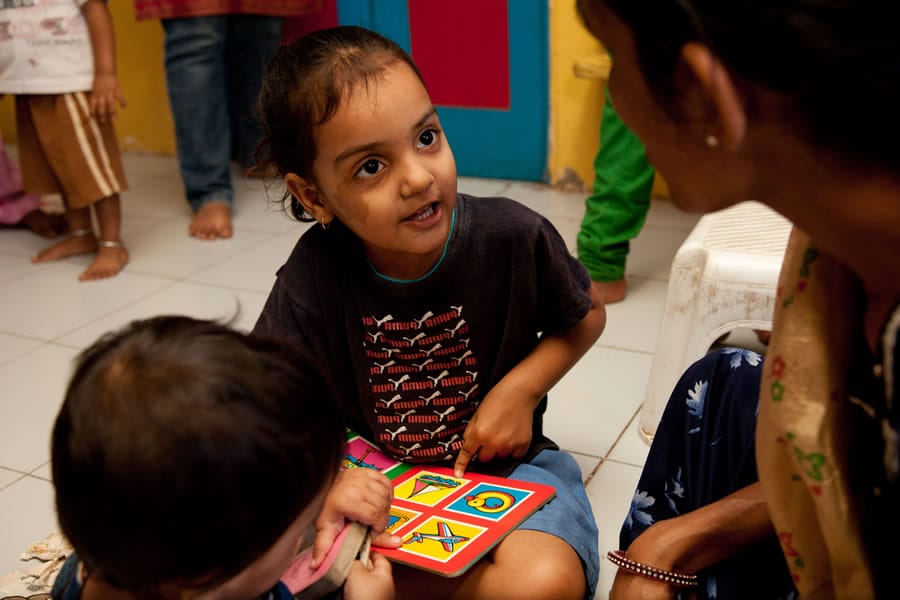
Child Development Essay
In the middle of the 20th century John Bowlby, an outstanding American psychologist, psychiatrist and psychoanalyst introduced a new theory into development psychology. Attachment theory’s central idea was that a child from 6 months to 2 years old has a natural need to develop long-term relationship with some primary caregiver. It is dictated mostly by the need for security, safety and protection; search of proximity through a bond with an available and accessible person is natural, as a child is not self-reliant and has no other defense against the fear of danger. The quality of this reciprocal relationship (more than quantity of time spent together) essentially affects further socialization, social contacts with pears and family interactions coming from adequate self-confidence and self-exploration. For an infant to attach healthily to a caregiver, the latter must be sensitive and responsive. If it is so, the attachment figure becomes a secure base for an infant; if this base is stable, a child can concentrate on other processes like exploring the world around, “infant exploration is greater when the caregiver is present because the infant’s attachment system is relaxed and it is free to explore” (Sroufe et al. 1996). There are four main patterns of attachment that depend on the way relationships are built in the age under consideration and that affect further emotions, behaviors, perceptions and thoughts. Besides, when there is a healthy model of attachment, departure is highly negative for a child and naturally results in protest; anxiety, anger, depression and grief are normal, but in this way adaptive response is expected. Growing older, a child gradually develops independence and relationship becomes more oriented on goals and is more like partnership. When development of attachment is blocked, it can result in serious psychopathology. Hence, attachment can be secure, avoidant, anxious or disordered.
However, by the end of the century there were more and more questions about whether these founding are cross-cultural. The matter is, it was concluded that cultural norms inevitably influence the manner used to provide successful adaptation of a child. It is maternal behavior that intuitively and reflectively defines the behavior of an infant. On the one hand, Mary Ainsworth who proposed classic classification, proceeded from research conducted both in Uganda and the United States. Thus, she found much in common in children development in different countries. On the other hand, later there were also studies conducted in Germany and Israel, China and Japan, and various authors stressed differences and similarities in different ways. It was revealed that in Northern Germany, for example, independence is valued highly, and therefore two thirds of children experienced insecure attachments. In China, as it was claimed, interdependence prevails over independence (Juffer et al. 2008). Japanese studies were contrasting and controversial as well. Nevertheless, Rothbaum et al. (2000) highlighted cultural variations because of which Western values cannot be applied to research of Eastern cultures. They provided evidence that in Japan sensitivity, competence, and security are approached in some other way than in the USA. “In Japan, the path is one of symbiotic harmony, as seen in the emphasis on union in infancy, others’ expectations in childhood, the stability of relationships with parents and peers in adolescence, and assurance about the mate relationship in adulthood,” the researchers reveal (Rothbaum et al. 2000).
All in all, basic needs are the same for a child of any civilization, and ideal first relationship is secure attachment between mother and infant. But these needs may be expressed and satisfied in different ways as interactional styles and traditions are also varying.
In any way, different results speak for the fact that it is not correct to approach attachment models through a lens of one nation and use standardized procedures throughout the world without taking into account local peculiarities and norms of culture. Indigenous approach is needed.

